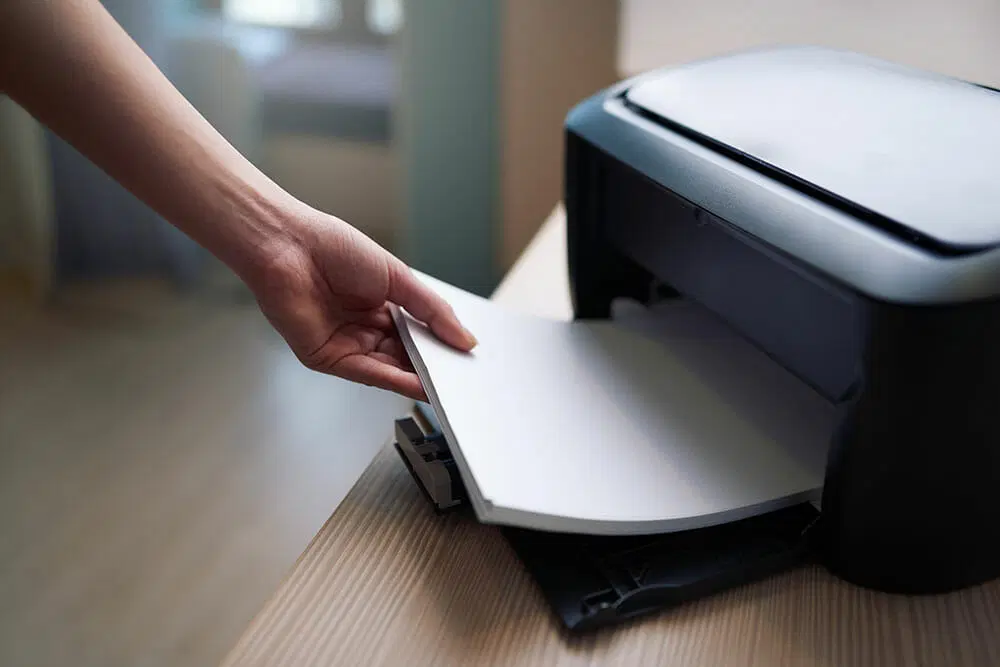Printed brochures are timeless tools of marketing, education, and information dissemination. Despite the digital age we live in, the tactile feel of a well-designed brochure can deeply resonate with its audience. Whether it’s for a corporate event, a travel destination, or a product launch, brochures have the unique ability to capture and convey a message succinctly. In this comprehensive guide, we’ll dive deep into the intricacies of creating and distributing the perfect brochure.
1. The Power of Printed Brochures
- Tangible Interaction: Unlike digital ads or emails, brochures offer a physical interaction, which can create a more memorable impression.
- Versatility: From trifold designs to elaborate booklets, the range of styles allows for diverse content presentation.
- Local Reach: Especially beneficial for local businesses or events, brochures can target a specific geographical audience.
2. Crafting the Perfect Design
- Understand Your Audience: Before you start, ask – who are you speaking to? Tailor the design and content to your target demographic.
- Consistent Branding: Ensure the colors, fonts, and graphics resonate with your brand’s identity.
- High-Quality Images: A picture speaks a thousand words. Opt for high-resolution images that encapsulate your message.
- Clear Call to Action (CTA): What do you want the reader to do? Whether it’s visiting a website, attending an event, or making a purchase, your CTA should be clear and compelling.
3. Writing Engaging Content
- Headlines that Hook: The first thing a reader will see is the headline. It should be catchy yet concise.
- Benefit-Driven Content: Instead of merely listing features, showcase the benefits. How does your service or product improve the reader’s life?
- Break It Down: Use bullet points, infographics, or lists to make content digestible.
- Proofread: A single typo can undercut your brochure’s professionalism. Double-check all text for accuracy and clarity.
4. Choosing the Right Paper and Printing Techniques
- Paper Quality: Thicker paper often feels more luxurious, but depending on your distribution plan and budget, you may opt for lighter weights.
- Finishing Touches: Consider laminations or UV coatings for durability, especially if your brochure will be handled frequently.
- Printing Techniques: From embossing to metallic inks, specialty printing techniques can make your brochure stand out.
5. Effective Distribution Strategies
- Targeted Handouts: Distribute at locations where your target audience frequents, be it a conference, mall, or local cafe.
- Direct Mail: A tried-and-true method, especially when combined with a compelling offer or discount.
- Inserts in Purchases: If you run a store, adding a brochure to every purchase can increase its reach.
- Collaborative Distribution: Partner with complementary businesses to co-distribute brochures.
FAQs About Printed Brochures
Q: How many pages should my brochure be?
A: It varies based on content. However, remember that brochures should be concise. It’s better to have fewer, well-designed pages than numerous cluttered ones.
Q: Can I design a brochure myself?
A: Absolutely! With tools like Adobe InDesign, Canva, or even Microsoft Publisher, creating a brochure is more accessible than ever. However, for a truly professional touch, consider hiring a designer.
Q: Should I go digital and skip printed brochures?
A: While digital brochures have their advantages, printed versions offer a tangible interaction that can be more memorable. Consider your target audience and decide accordingly.
Q: How often should I update my brochure?
A: As often as the information changes. Ensure prices, features, and offers are always up-to-date.
Conclusion
Printed brochures remain an essential tool in the world of marketing and information dissemination. Their tactile nature, combined with compelling design and content, can effectively communicate your message and resonate deeply with the reader. Whether you’re a seasoned designer or a business owner starting your first brochure project, remember that it’s a blend of art and strategy. With the right approach, your brochure can leave a lasting impact.




